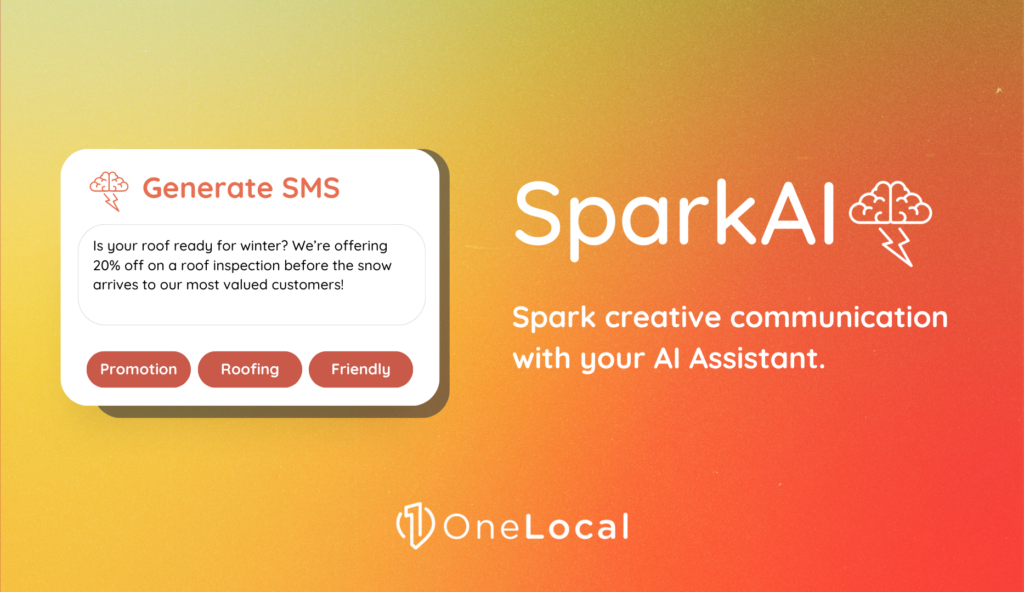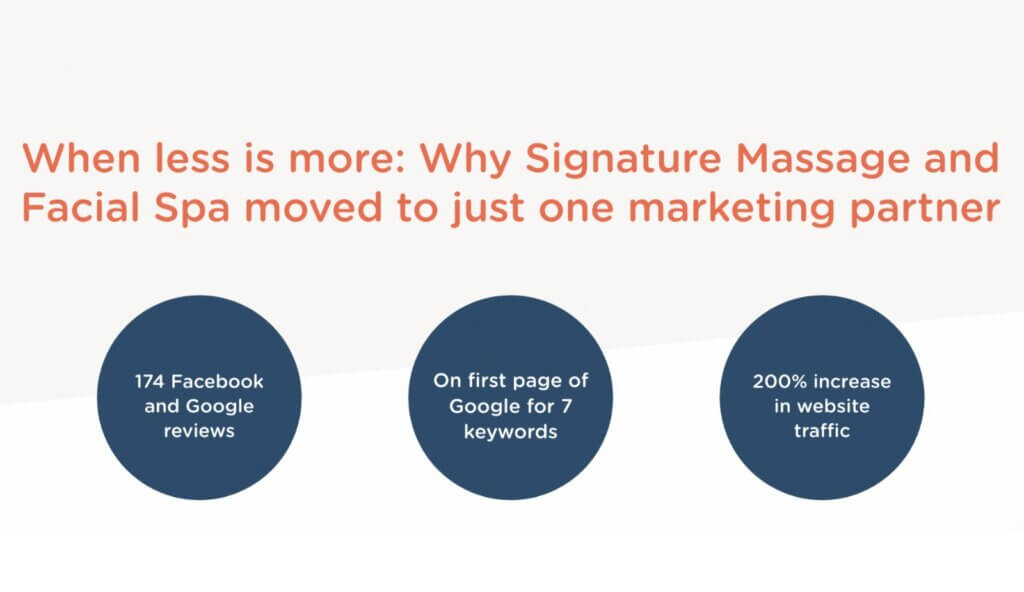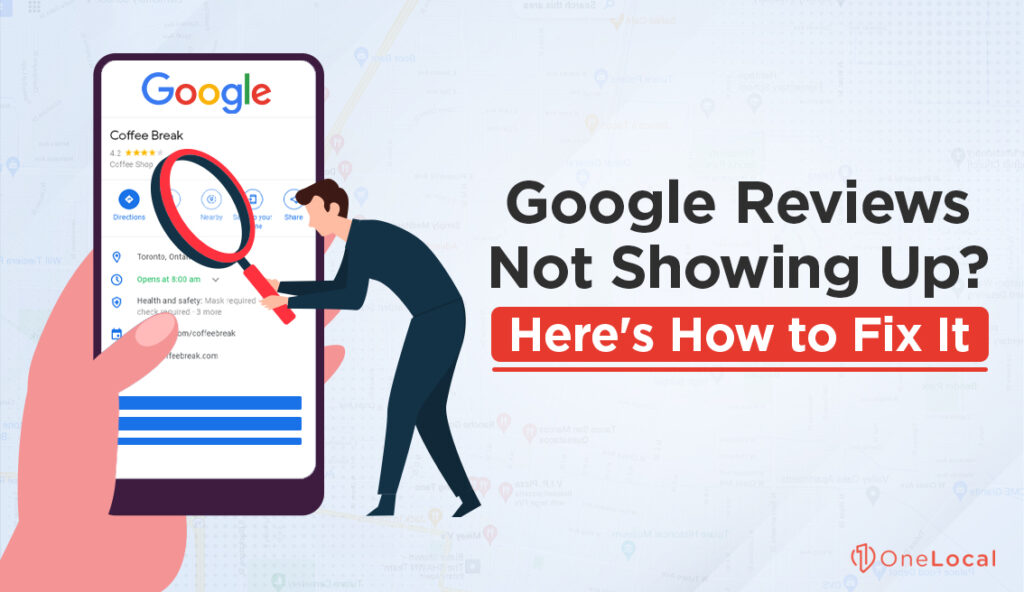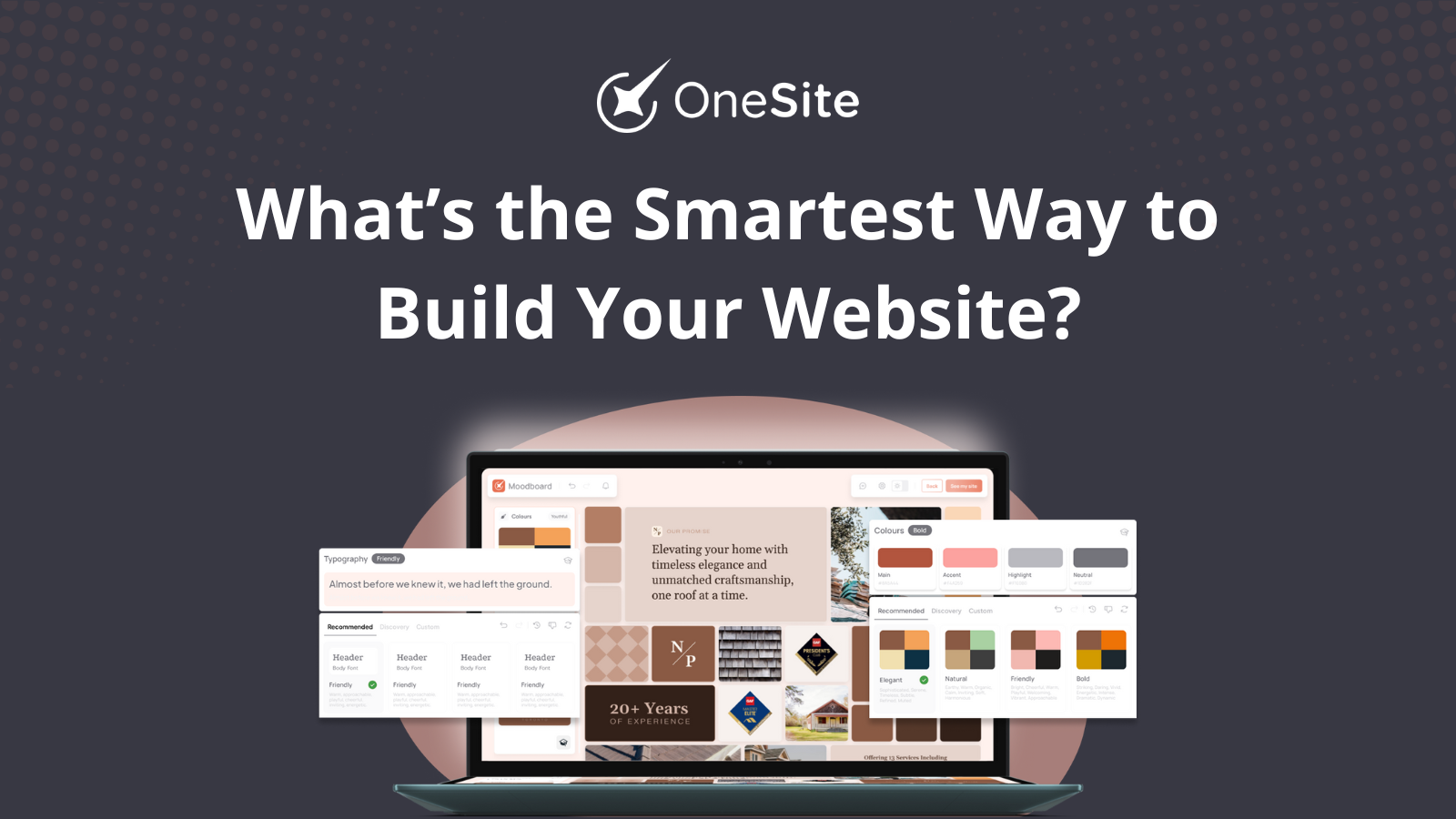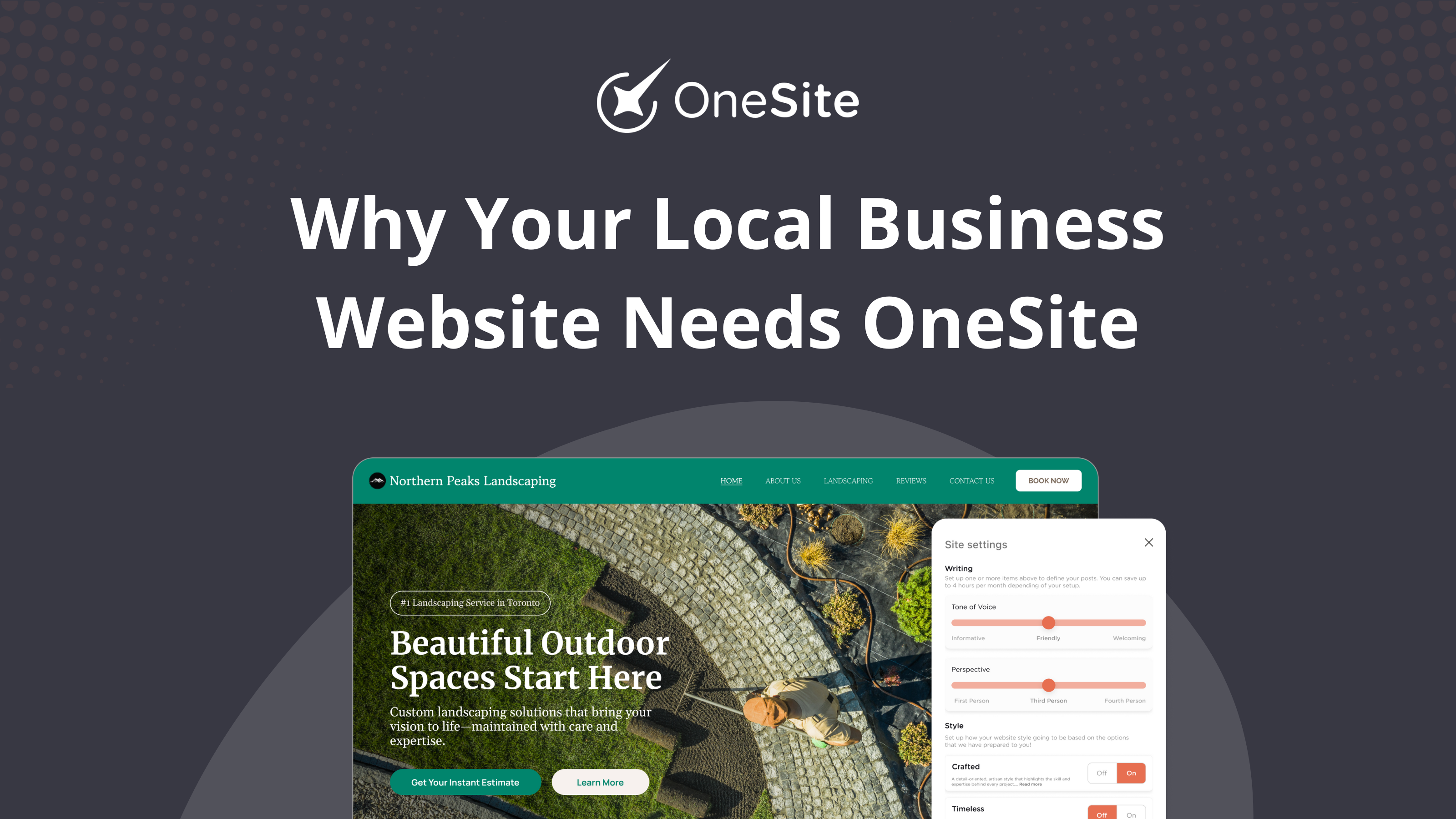For small businesses competing in the modern landscape, it can be difficult to get a leg-up. It’s even more challenging when up against established businesses with bigger customer bases and budgets to invest in content marketing.
It’s why content marketing is becoming popular in today’s digital world. And it might just be the secret to helping you stand out.
From AI in chatbots to trending memes, there are many ways small businesses can benefit from content marketing. This article will explore some of the key advantages and how you can leverage different types of content to expand your brand visibility and reach.
What is Content Marketing?
Content marketing is about creating and sharing online material that speaks to customers on the platforms they engage with most. Perhaps you’re creating how-to videos about ways to fax without fax machine. Or maybe you’re sharing positive customer reviews on social media as part of your reputation marketing strategy.
Either way, this digital content is invaluable for connecting with customers. Examples of content marketing include:
- Social media posts
- Videos
- Emails
- Webinars
- Blogs
- Podcasts
- Customer reviews and testimonials
- Chatbots
- How-to guides
- User generated content (UGC)
Keep in mind it’s worth incorporating multiple content types into your strategy. To help you find the best platform for your business, consider the latest marketing and social media statistics. This will give you valuable insights into your audience’s preferences and behaviour, enabling you to tailor your strategy to more effectively connect with customers.
Today, there are also numerous digital tools at your disposal, from scheduling software to a free online video editor. So creating high-value, engaging content doesn’t need to suck up all of your marketing budget.
So how does content marketing differ from traditional advertising?
The main difference is that content marketing doesn’t always explicitly promote a brand. It focuses more on getting the customer’s attention by being genuine, relatable, and memorable. This approach helps build a connection with customers in a way that most forms of advertising fail to do.
Benefits of Content Marketing for Small Businesses
It’s not only big brands and agencies that stand to benefit from content marketing. With the right strategy, small businesses can create content that reaches new audiences, builds customer loyalty, and ultimately strengthens their brand identity and reputation.
Staying on top of trends and being personable are just the first steps. But as a small business, it’s essential to market your content successfully to keep up with — or even outperform — larger companies.
Let’s look at some of the crucial reasons your small business should invest in content marketing.
1. Builds Relationships with Customers
As a small business, customer retention is crucial. One of the easiest ways to generate repeat purchases is through building customer loyalty. And what’s one of the easiest ways to generate customer loyalty? Make the customer your friend.
Maybe not literally (or on Facebook). But having positive customer relations is a far quicker way to generate loyalty than through a transactional relationship.
Some websites feature real-time chat boxes or chatbots for customers. These are a great addition to your content strategy. They enable online visitors to address issues and ask questions, helping to build rapport and foster an immediate connection.

AI is increasingly being used for these chats as a more cost-effective alternative to hiring staff. You’ll find a similar thing happening in AI call centers, where it is being used to streamline services and take pressure off agents.
Both of these AI uses help brands communicate with customers on an individual and personal level to build a relationship.
Content marketing can do much the same, sometimes even more effectively. Think of it as an opportunity to engage with customers on the same level.
2. Improves Brand Reach
One of the most difficult hurdles for a small business to overcome is that it is exactly that: small. If you don’t have the funds to invest in marketing, it can be more difficult to reach your target market, let alone expand it.
This is where content marketing comes into its own. Its very nature of being online already means the baseline costs are low compared to traditional marketing.
By using content marketing and massively reducing your marketing spending, you can put that budget into other things. That might mean boosting your diversity recruiting strategy or investing in video production training for employees.
3. Builds Brand Authority
With any form of advertising, consistency is key. This is equally, if not more, crucial when it comes to content marketing. A consistent message and voice have many benefits, one of the most prominent being brand authority.
A regular output of consistent content allows you to demonstrate your expertise and show potential customers that you’re trustworthy and knowledgeable. Being able to do this across multiple platforms and media types is an excellent way to build brand presence in your sector. Moreover, it indicates that you’re a true leader in your industry.
By establishing yourself as a knowledgeable authority, people are more likely to trust all aspects of your brand, giving them the confidence to purchase from your business above your competitors. A good online reputation goes a long way, especially in the midst of review sites and feedback forms that many customers will look to before deciding whether to engage with your services.
4. Increases Brand Visibility
In today’s saturated online landscape, making your brand more visible online is crucial as a small business. Your web address is like a flashing shop sign directing customers straight to your door. So if you haven’t already, check domain names and find the best one for your business.
From here, start to create high-quality content like blog posts using targeted keywords that will improve your site’s SEO. In time, this will generate more traffic and potentially lead to more conversions. Remember to create content that is genuine, trustworthy, and valuable for audiences.

Traditional adverts may have their merits. But curated content that reflects your brand’s ethos and engages readers is far more likely to be effective.
Moreover, memorable content that speaks to readers, addresses their pain points, or just amuses them is more likely to be shared. This can increase your brand visibility even further, getting your products and services in front of a wider audience who may remember your business when they need your products or services.
Creating new content doesn’t have to suck up all of your resources either. For example, you can add videos, lead capture forms, and special effects to existing documents using an interactive PDF creator. These can then be shared on your website as eBooks or downloadable guides.
5. Improves Conversions
It’s all well and good having more people visit your site. But that’s not all content marketing can do for you. It can also improve the number of browsers that convert into paying customers by fostering trust between you and your audience.
Interactions generated from content marketing are more direct and personal than most other forms of advertising, which allows a relationship to be formed more quickly. In an online world with access to services like Cloud collaboration tools, this is more possible than ever before.
By sharing ideas and insights between different departments like content, marketing, sales, and customer service teams, you connect the dots along the customer journey. As you create content that addresses users’ pain points, other teams move customers through the sales funnel, feeding back information that enables you to create more content that leads to more conversions.
Giving customers confidence in your product or service is important for any business. Informative formats such as podcasts, how-to guides, and infographics are excellent tools for both marketing and providing the information someone needs to feel comfortable making a purchase.
When done well, you’ll likely find yourself attracting potential customers that might not have otherwise thought of your business. You might be surprised by how easy it is to start producing this kind of content. Making an engaging TikTok video or creating a Pinterest board could be your first step to reaching a larger audience.
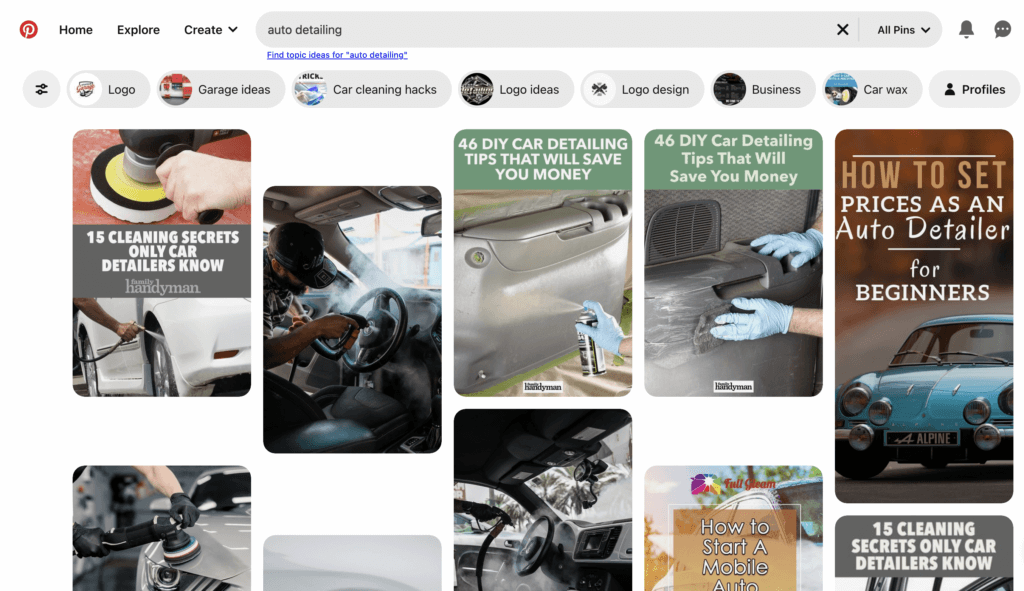
Content marketing helps boost all forms of conversions, too, not just sales. Let’s say you want customers to fill out feedback forms or subscribe to your newsletter. Effective content can draw attention to them in an engaging way, encouraging audiences to take a desired action.
In a competitive environment like e-commerce, being able to quickly communicate with customers could be the difference between a purchase made on your website and one made on your competitor’s.
Final Thoughts
Content marketing is highly beneficial for small businesses aiming to compete with larger companies. Moreover, you don’t need a whopping budget to produce desired results.
Before you begin creating content, it’s essential to understand your audience, the platforms they use, and what you want to achieve. With an effective strategy that takes these elements into account, you’ll be producing engaging content in no time.
Content can significantly improve your brand visibility, generate leads, boost conversions, and establish your company as the go-to in its sector. When used alongside traditional marketing strategies, content marketing makes a world of difference to your company’s future growth.
Are you ready to use content marketing more effectively to engage with your local audience? Speak a OneLocal marketing expert about how you can scale your business with the latest local marketing tools.

Rachel Solway is a seasoned marketing professional dedicated to empowering small businesses through innovative marketing strategies. With extensive experience at OneLocal, a leading marketing solutions provider, Rachel’s insights are helping thousands of local businesses navigate the digital landscape.

